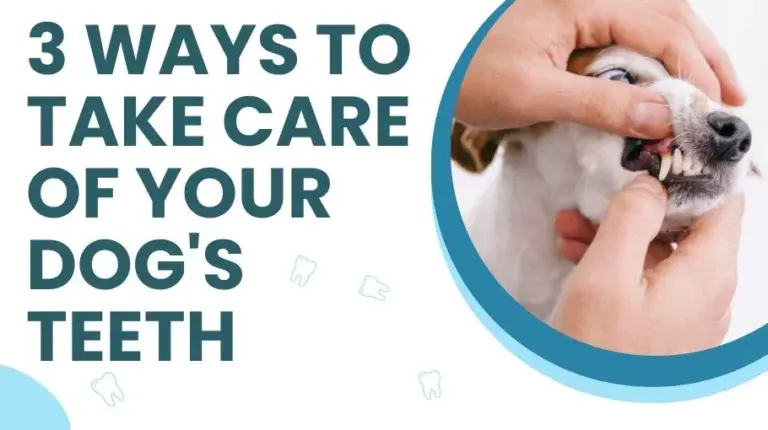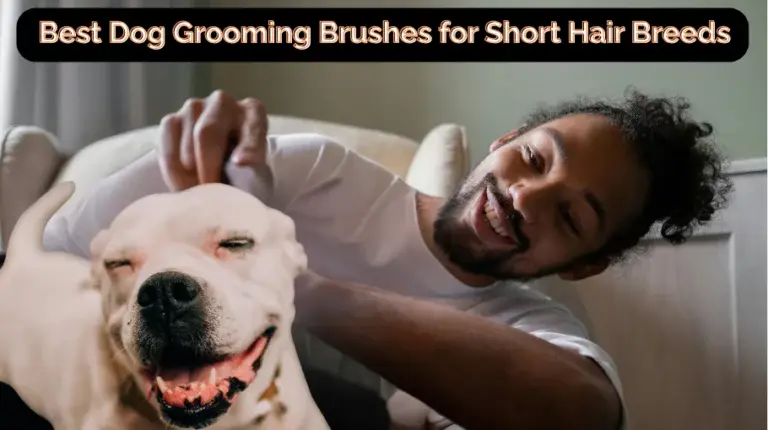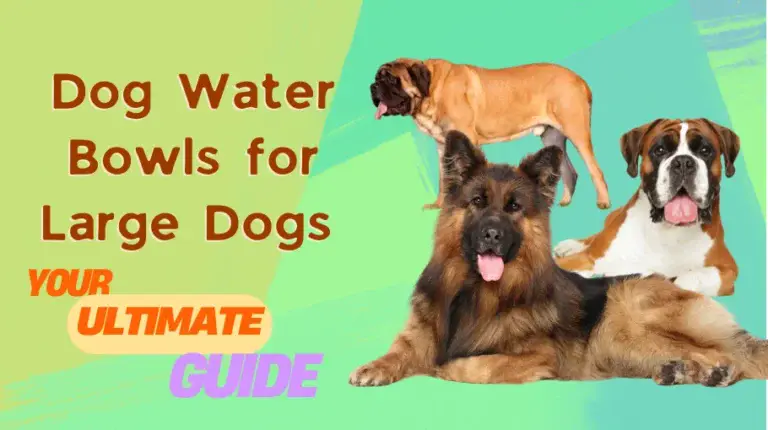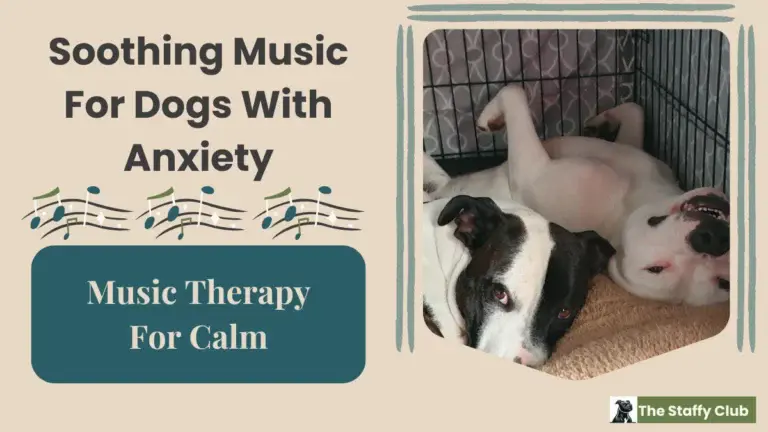Do Short-Haired Dogs Shed? Understanding The Basics Of Shedding
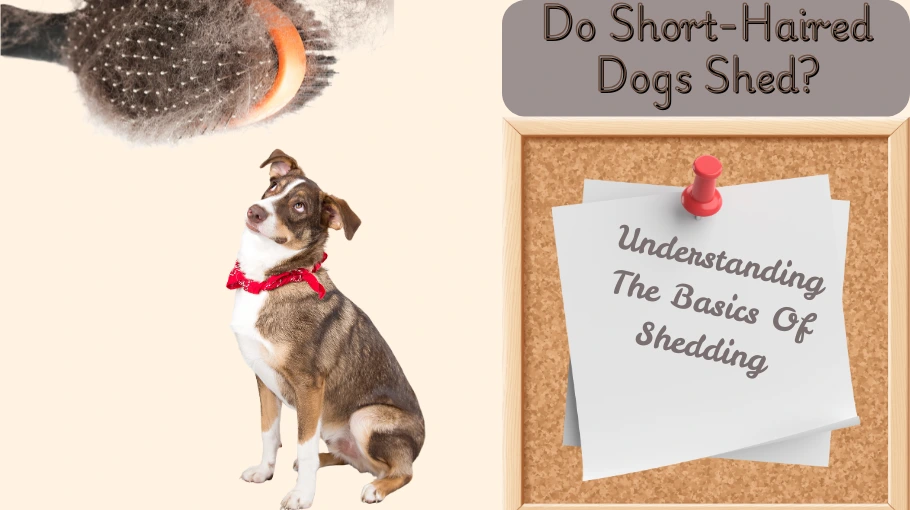
Okay, let’s clear up the confusion right away: short-haired dogs shed.
Yup, even those cute pups with almost skin-tight coats let loose some fur. It’s a common surprise for many new dog owners who expect a low-maintenance pet, especially if they’re used to long-haired breeds pelting their sofas with fluff.
Now, I’m gonna break it to you straight. Just because a dog has a short coat doesn’t mean that coat doesn’t need care. In fact, oftentimes, these short guys can shed as much, if not more, than their long-haired cousins.
Why’s that? Well, it’s not just hair length that determines shedding — breed, coat type, and even their health play a big role.
Short-haired doesn’t mean “no maintenance.” It just shifts the workload around a bit. Depending on the breed and the dog’s overall health, you might find yourself dealing with more shedding than expected.
Adapting to your dog’s unique shedding pattern and maintaining a solid grooming routine can keep the hair under control and your house a fur-safe zone.
Table of Contents
Why Short-Haired Dogs Still Lose Fur
So, all dogs shed, but why do those with short coats still manage to leave their mark everywhere? The answer often lies in the type of coat and its specific shedding cycle.
Single Coats vs. Double Coats
Some dogs sport what’s called a single coat, like the Staffordshire Bull Terrier. Though it’s less dense than a double coat, it doesn’t stop them from shedding regularly.
Every dog’s hair grows in cycles – anagen (growth), catagen (transition), and telogen (resting) just like in other mammals. This cycle keeps going, which is why you find hair on your clothes and furniture. Short or long, dogs go through these phases, causing varying shedding patterns.
Seasonal Shedding Changes
Let’s talk seasonality. Both spring and autumn can spell shedding chaos as dogs switch their wardrobes to match the weather.
While some long-coats blow their undercoat during these times, short-coated breeds might spread their shedding more evenly throughout the year — making it seem like it never stops.
Health and Diet Factors
Skin allergies, common in breeds like the Staffordshire Bull Terrier, can lead to more hair loss than usual. And not-so-great diets might leave a dog’s coat looking tired and dull, sometimes resulting in excessive shedding.
Making sure your dog stays healthy on the inside can improve their fur health on the outside too.
Shedding Levels in Short vs. Long-Haired Dogs
Time to bust another myth: some short-haired breeds can out-shed their long-haired buddies.
The fallout from a short coat might not seem obvious, but those shorter, stubbly hairs can be just as pesky as lengthy ones lounging on your couch.
Shorter hairs might be more noticeable simply because they don’t hide as easily. They stick around in the fabric of your clothes, get woven into your carpets, and even find a sneaky way into nooks and crannies you didn’t know existed.
The Hypoallergenic Myth
No matter the fur length, there’s no such thing as a non-shedding dog breed.
What some people mean by “hypoallergenic” is that a breed might be less likely to trigger allergic reactions. Even then, it’s more about dander than the fur itself — which means shedding is still going to happen.
Whether you’re choosing a dog based on hair length or allergen considerations, remember shedding’s just part of the package. With a few adjustments in your grooming and cleaning routine, both you and your dog can cohabit with less fur stress.
Managing Shedding in Short-Haired Dogs
Tackling shedding involves a healthy mix of grooming and household hacks.
1. Regular Brushing
Brushing is your first line of defense.
- Removes loose fur before it lands on your sofa.
- Distributes natural oils for a healthier coat.
- Gives you a chance to check for skin issues or parasites.
Short-haired pups don’t necessarily need heavy-duty tools like a FURminator. A simple brush can do wonders — and if you’re still shopping around, check out my guide on the Best Dog Grooming Brushes for Short Hair Breeds for some great picks.
2. Bathing and Coat Care
Bathing can cut down on stray hairs, but too much can irritate the skin and crank up shedding. Stick to gentle, skin-friendly shampoos, wash as needed, and your furry friend will thank you.
3. Diet and Nutrition
Ingredients like omega-3s help reduce excessive shedding, and ensuring a balanced diet works wonders for coat health.
A well-fed pooch is a happy, less-shedding pooch.
4. Cleaning Hacks
Even with the best grooming routine, some fur will spread around indoors. Lint rollers, vacuum attachments, and washable throws are your best allies in keeping your living space as fur-free as possible.
Considering a Short-Haired Dog?
Think short-haired dogs are your new best friend? They definitely come with some perks — like easier grooming — but they aren’t entirely maintenance-free.
Here’s the quick breakdown:
Pros:
- Generally easier to bathe and dry.
- Less chance of matting or tangling.
- Often lower grooming costs.
Cons:
- Can shed just as much (or more) than long-haired breeds.
- Short hairs can be harder to clean from fabrics.
- Still need regular brushing and coat care.
When it comes to allergies, thorough research on specific breeds is what’s needed. Meeting a potential furry family member face-to-face can also help gauge how allergies react, because dogs are as individual as people.
Bond Over Brushing
Make brushing a bonding activity. Set aside time each week where it’s just you, your dog, and the brush. It’s a win-win — grooming becomes quality time, strengthening your connection while managing that fur.
So, if you’re gearing up for a little canine companionship with less fluff & lots of love, get ready to enjoy the ride. Every dog has its quirks, and part of the journey is learning how to keep your home and your dog looking great.
The Reality of Short and Thick Hair
Here’s something that often gets overlooked: not all short-haired coats are created equal.
Take my two Staffies, for example. One’s got a thick, plush coat, the other has a thinner, sleeker coat. Both are short-haired, but the thick-coat Staffy leaves noticeably more hair around the house — especially on darker clothes — and it’s even more obvious if your dog has a light coat or white markings.
That thicker short hair clings to fabrics like it’s auditioning for a role in your laundry basket.So, when people ask, “Do short-haired dogs shed?” the answer is still “yes,” but it’s worth pointing out that the type of short hair — thick or thin — makes a big difference in how much fur you’ll notice day to day.
FAQs Related to Short-Haired Dog Shedding?
Do short-haired dogs shed less than long-haired dogs?
Not necessarily. Some short-haired breeds actually shed more, especially those with thick, dense coats. It’s the length of the hair that’s short — not the amount they lose.
Which short-haired breeds shed the least?
There’s no true “non-shedding” breed, but some short-haired dogs (like Whippets or Italian Greyhounds) tend to shed less noticeably than others. Even then, individual coat type matters.
How do you stop a short-haired dog from shedding?
You can’t stop shedding entirely — it’s natural. But you can manage it with weekly brushing, occasional bathing, a healthy diet rich in omega-3s.
Is there a short-haired dog that doesn’t shed at all?
No. All dogs shed to some extent. The difference is in how much hair they drop and how visible it is.
Who sheds more — long or short-haired dogs?
It depends on the breed and coat type. Some double-coated long-haired breeds shed seasonally in big “blows,” while certain short-haired breeds shed steadily year-round.
Conclusion
That wraps it up — but if shedding is a worry for you, your best bet is to choose a dog whose coat type (and personality!) you can live with. And if you do pick a short-haired breed, remember: a good brush and the right care routine go a long way in keeping the fur under control.



